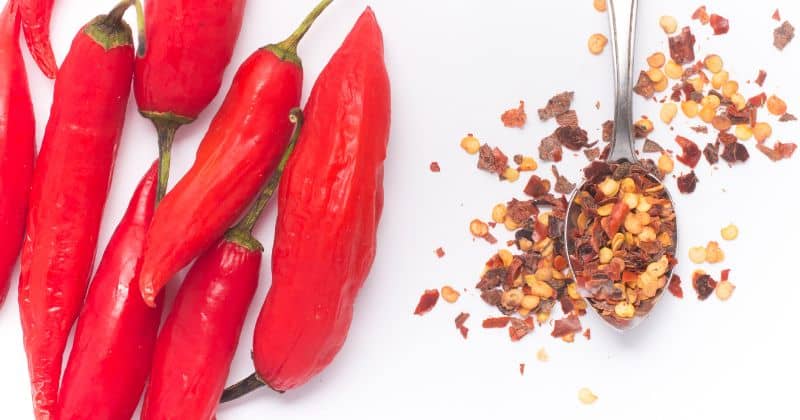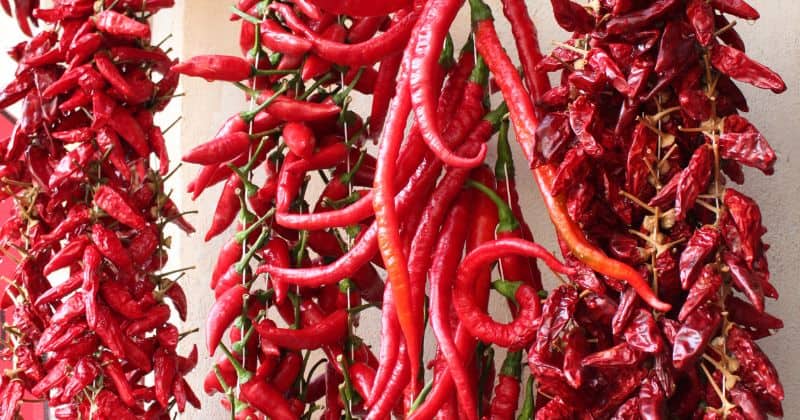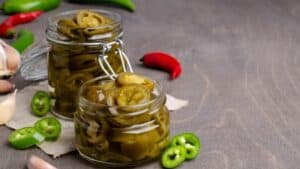Fiery food fans listen up! The Calabrian pepper plant produces those addictively spicy little red peppers that add intense heat to Italian dishes. If you love cooking with Calabrian chilies, growing your own plants lets you enjoy their flavor at its absolute peak.
So how do you successfully cultivate the iconic Calabrian pepper plant? There are a few key steps:
- Select compact, high-yielding varieties matched to your climate. Peperoncino or Calabrian Basket of Fire are great choices.
- Give plants warm conditions and rich, well-draining soil. Amend with compost.
- Transplant seedlings after the last frost, spacing 18-24 inches apart.
- Water deeply and fertilize monthly. Stake plants for support once fruits develop.
- Harvest peppers once they fully ripen to a vibrant red. Use shears to carefully snip off.
With the right care, your Calabrian pepper plants will reward you with a prolific harvest of petite peppers packing mighty heat.
You can infuse oils, make spicy sauces, or pickle the peppers to enjoy their signature
An Introduction to the Calabrian Pepper

Hailing from the hot Italian region of Calabria, this bad boy pepper packs some serious punch. It goes by many names like Calabrese pepper, peperoncino, and spicy red cherry pepper.
Despite the diminutive size, usually maxing out around 2-3 inches long, Calabrian peppers register a scorching 30,000-50,000 Scoville units. That’s like three times hotter than your average jalapeño!
When dried and crushed, these little red peppers are the basis of the iconic Calabrian chili flakes. This versatile Italian seasoning adds instant heat and flavor to pizzas, pastas, meats, and more.
Let’s look at how to harness the fire and grow Calabrian peppers at home for the freshest, spiciest results. Avanti!
Choosing the Best Calabrian Pepper Plant Variety
Many cultivars of the Calabrian pepper exist. When selecting starter plants, look for:
- Compact size – Max 18 inches tall and wide. Great for containers.
- High yield – Seek prolific pepper production.
- Pest resistance – Choos varieties resistant to common pepper diseases.
- Matched maturity – Pick plants suited for your growing season length.
Some excellent Calabrian pepper varieties include:
- Calabrian Basket of Fire – High yields on a compact plant.
- Peperoncinos – Classic heirloom Italian peppers perfect for containers.
- Calabrian Chili – Prolific, early producer of 3-inch peppers.
- Ring of Fire – Disease-resistant with heavy yields.
Optimal Soil and Site Conditions
Calabrian peppers thrive with:
- Full sun – At least 6 hours of direct sunlight per day.
- Rich soil – Amend with compost to provide nutrients.
- Well-draining – Avoid wet, dense soil that retains moisture.
- Sheltered spot – Protect from strong winds that can damage plants.
- Warm area – Ideal growing temperatures of 75-85°F.
Container growing is great for managing optimal soil, sunlight, drainage, and temperature. Use at least a 5-gallon pot with drainage holes.
Planting Your Calabrian Pepper Garden
Follow these steps when transplanting starter plants:
- Prepare soil – Mix in compost 2 weeks before planting.
- Dig holes – Space 18-24 inches apart in beds, or plant 1 per pot.
- Place plants – Set at same soil depth as in starter pots.
- Backfill holes – Fill in with surrounding soil.
- Water thoroughly – Hydrate transplants to settle soil around roots.
- Add mulch – Top beds with 2-3 inches of organic mulch to retain moisture.
Caring for Your Calabrian Pepper Plants
Once planted, Calabrian peppers need:
- Consistent water – About 1-2 inches per week.
- Monthly fertilizer – Use organic balanced fertilizer.
- Weed control – Limit competition for nutrients and water.
- Insect monitoring – Watch for aphids and pepper maggots.
- Staking – Add stakes for support once fruits develop.
- Winter protection – Move potted plants indoors before frost.
With proper care, your plants will reward you with a prolific pepper harvest!
Harvesting Your Fiery Calabrian Peppers
- Wait for maturity – Allow peppers to ripen fully on plants to develop flavor.
- Go for redness – Pick peppers once they turn bright red with shiny skin.
- Snip off carefully – Use shears to cut peppers off without damaging plants.
- Quickly cool – Keep picked peppers out of sun to preserve freshness.
- Handle gently – Bruising affects texture and shelf life.
Expect heavy harvests in mid to late summer. Pick peppers promptly before rains arrive. Each plant can produce 100+ little red peppers per season!
Get Creative Cooking with Calabrian Peppers

Once harvested, put those peppers straight to work adding their signature spicy zing to recipes:
- Infuse olive oil by simmering dried peppers in oil for 30 minutes.
- Make a spicy marinara sauce with garlic, tomatoes, basil, and roasted peppers.
- Sprinkle minced peppers on pizzas, pastas, soups, eggs, sandwiches, and dips.
- Stuff whole peppers with cheese and bake until melty for a fiery appetizer.
- Pickle peppers in jars with vinegar and spices for shelf-stable flavor.
Don’t be shy about harnessing the heat of the Calabrian pepper. A little bit goes a long way, especially when dried and ground into flakes. Shake up those tastebuds!
Enjoy the Flavor Explosion of Homegrown Calabrian Peppers
Add some red-hot excitement to your garden and cooking by cultivating your own Calabrian pepper plants. With the right care and timing, you can experience these Mexican classics at their absolute freshest and most flavorful straight from the vine.
The Calabrian pepper definitely lives up to its spicy reputation. Approach with caution, and be prepared to fall in love with those little red peppers of fury!





